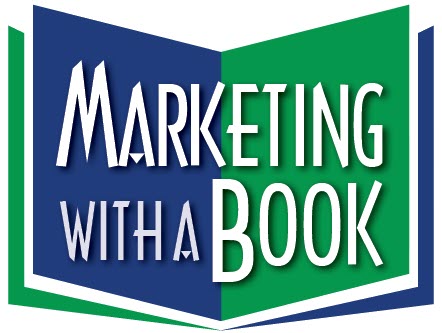If your Web site doesn’t fully engage visitors, you are not alone. But how to make it better without spending a fortune? The answer might be right in front of you at any shopping mall or grocery store.
Yes, you can use the science of stimulus-response, also known as retail environmental psychology, to improve your Web site results. The trick is to tweak every page on your Web site to create a stimulus cue that affects visitor behavior. Just as environmental psychology has transformed retail stores like Nordstrom and Ikea (and many other commercial venues including casinos, malls, and now airports), you can immediately use many of these tactics to improve any Web site (not just those with e-commerce), especially one that is used for a book.
Face it, most Web site pages are lazy, but it is not their fault. That’s according to stimulus-response expert Ron Huber, a principal with Achieve Internet of Southern California. The majority of Web sites never live up to their potential because the interior pages fail to motivate visitors to linger on the Web site and take action. Each page should have a role in persuading a visitor to do something and it should be clearly communicated on the page of what to do next.
In his landmark paper on Atmospherics, marketing sage Philip Kotler introduced the view that retail environments create atmospheres that affect shopping behavior (Journal of Retailing in 1973). Today most retail stores like Target, Whole Foods and Victoria’s Secret rely heavily on environmental psychology research. Of course, the most-advanced proprietary research studies are trade secrets.
What are the lessons for your Web site? You don’t necessarily need a new Web site, just tweak the one you have. According to environmental psychology, each Web page should offer the visitor a behavioral cue for what to do next. For instance in shopping mall design, the technique called the Gruen transfer refers to the moment when consumers respond to cues in the environment (named for Austrian architect Victor Gruen). Like a Gruen transfer, each page should offer clear visual stimuli and navigation cues on what you action the visitor to take.
Here are nine common Web site stimulus-response mistakes that exasperate Web site users and hurt marketing results:
- Frustrating navigation overloaded with unclear choices
- Inconsistent look and feel past the home page or first level pages
- Sudden unexpected changes, pop-ups or downloads when clicking on links and buttons
- Web site doesn’t collect names or encourage visitors to provide e-mails
- Hard-to-find contact information
- Baffling layouts that waste space
- Little or no original content to encourage repeat visitors
- Outdated information
- No call to action directing the client to your optimal outcome

![whip[1]](https://marketingwithabook.com/media/whip11-217x300.jpg)